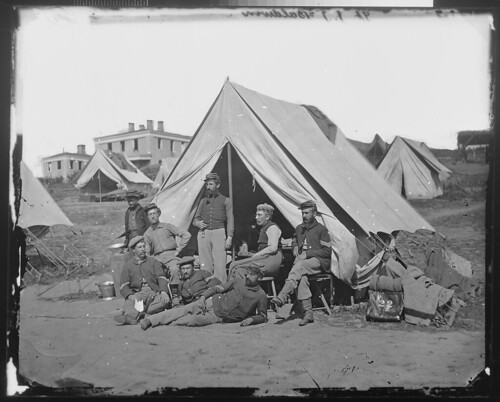As you work on your third blog post this week, you may want to refresh your memory about the rubric Mercy is using when evaluating your posts.
One of the key components of the assignment is to make sure that you respond directly and fully to the assignment prompt. It is perfectly fine for you to offer your own thoughts, unrelated to the prompt, in your post, but make sure that before doing that you have clearly and completely addressed the prompt at hand.
Also, take some time to read what other students have already posted as you craft your response. There are three reasons why this is a good idea. First, your fellow classmates are sharp; they have ideas worth reading! Second, one object of this assignment is to show that you’ve done and comprehended the reading; if you only repeat what another student has already said, it makes it hard to evaluate how well you yourself understood the reading. This doesn’t mean you can’t agree with a point that has already been made, but you can still demonstrate that the point is yours by providing new evidence in support of it, or using different parts of the reading to bolster the point. Finally, the best posts–the ones most likely to get A+ marks–are the ones that show originality of insight. Reading what others have said can both spark new, original insights and also help you identify which of the thoughts you’ve been having are unique insights that have not yet been shared.
This week’s blog post assignment relates to the required book by Chandra Manning: What This Cruel War Was Over. The entire book is required reading. This is a longer reading assignment than the Brown book, but here are some tips to help you read.Based on your reading of the Manning book, your post should respond to ONE of the following two questions.
Option #1: In class on Thursday, Alex raised the question of why non-slaveholders in the South would fight for a Confederate government that was, according to its own Constitution, dedicated to upholding slavery. A related question is why Northern soldiers would ever fight in a war to emancipate slaves if they were not always fully committed to racial equality or abolition. Does Manning’s book offer any evidence or arguments to answer these two questions?
Option #2: The primary aim of Manning’s book is to understand what motivated soldiers in the ranks during the Civil War. Did soldiers’ thinking about the war change over time? To answer this question, focus on one of the two armies–Union or Confederate–and choose two moments in the War, at least a year apart. How were the motivations of soldiers at one of the moments you’ve chosen different from or similar to their motivations at the other moment?
While you’re reading Manning’s book and thinking about these questions, you may also want to pay attention to the basic chronology of the war–major turning points, battles, and events. In class we will not be studying all of the battles of the War in detail, so this book is your primary opportunity to get a basic overview of the war’s history from beginning to end. Taking some notes about the key military junctures and figures will be useful to you later in the class.
Unlike with your previous blog posts, do not post your response as a comment on this post. I’m going to be assigning you to your small groups over the weekend, and each small group will get its own group blog. Your blog post this week will be posted on that new small group blog. Instructions about how to do this will be given in class on Tuesday. [P.S. Instructions are now available here.] In the meantime, you may want to begin writing your response in a text file on your own computer so that you can copy and paste it into the blog post after Tuesday.
Blog Post #3 will be due by 9 a.m. next Thursday, January 27.


